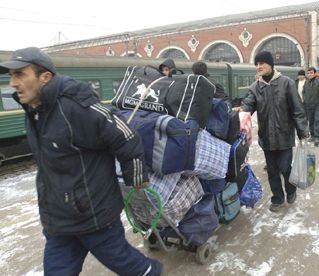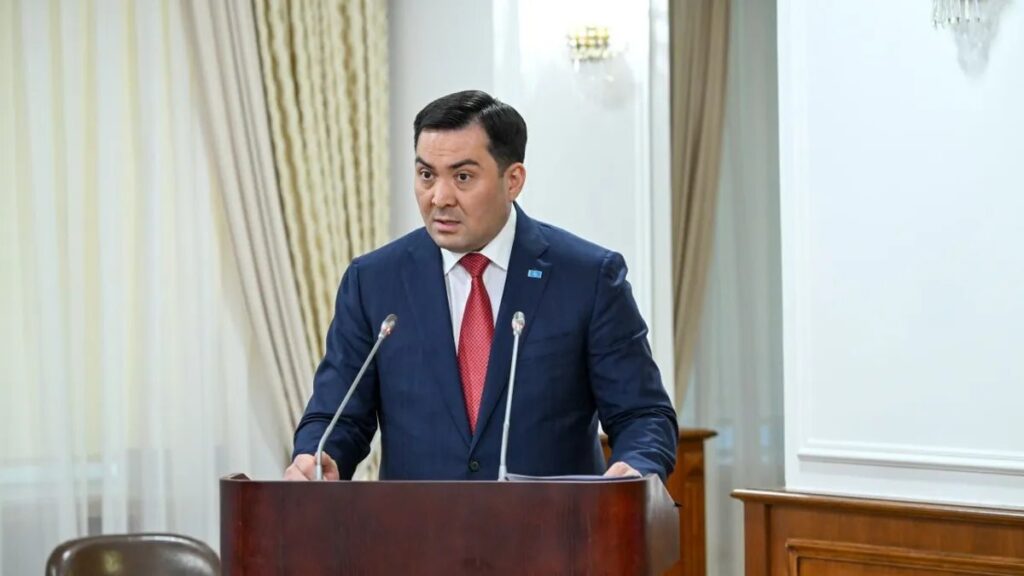WASHINGTON (TCA) — The Islamic State of Iraq and Syria (ISIS) targets Central Asians in their home countries online and abroad, and thousands are believed to be fighting for ISIS in Iraq and Syria. Culturally vibrant and famously unstable, the Ferghana Valley is notorious for being a hotbed for terrorism in Central Asia — and it is the origin for many Central Asian fighters in the Middle East. Infamous for birthing the Islamic Movement of Uzbekistan, this valley is shared between Uzbekistan, Tajikistan and Kyrgyzstan, and the porous borders make it easy for insurgents to pass between countries under the radar.
ISIS has reshaped the world’s idea of what a terrorist group is. ISIS has demonstrated an unprecedented ability to recruit and spread their ideology across the globe, and its influence can be seen from Nigeria to the Philippines, and seemingly everywhere in between. Like all terrorist organizations, ISIS feeds off of poverty, unemployment and lack of education. What makes ISIS’s recruitment strategy so unique is the way it has utilized social media as a successful tool in transnational recruitment. ISIS members take to Facebook to identify individuals who may be susceptible to their manipulation, then contact is made and the radicalization process begins.
The Ferghana Valley is also one of the poorest in Central Asia, and many of the residents have moved to Russia to find work. Moscow is home to entire neighborhoods of predominantly Central Asian workers, and unfortunately conditions in Russian suburbs are not always the best. Many of the workers are not legal residents and thus exploited and forced to work longer hours for less pay. Lonely, overworked, underpaid, and alienated from mainstream Russian society — this is how Central Asian migrants became a prime recruitment pool for ISIS militants.
Pop-up mosques are popular in these Central Asian neighborhoods, and their lack of regulation can lead to certain imams teaching their own warped view of Islam. Some encourage their followers to wage jihad in Syria and Iraq, and have put young men in contact with ISIS recruiters. For a poor man sending remittances home to his family, ISIS can appear to be an attractive option. Often lured with promises of salaries of over 2,000 USD per month, a disillusioned Tajik man who normally makes less than 2,000 USD per year in his home country may be tempted to join.
Others are radicalized in person, and encouraged to commit atrocities at home and abroad. There has recently been a spike in these kinds of attacks by Central Asian nationals. Last year more than forty people were killed in an explosion at Istanbul’s largest airport by Uzbek and Kyrgyz nationals with ties to ISIS. Reminiscent of the Pulse nightclub attack, on New Year’s 2017, an ISIS affiliated Uzbek national gunned down another forty people in a crowded Istanbul nightclub. In April a Kyrgyz-born Uzbek man of Russian citizenship blew himself up in a St Petersburg metro car, killing fourteen, and just days later an Uzbek man rammed his car into pedestrians in downtown Stockholm. These past two attacks have shown that while ISIS’s territorial control in Iraq and Syria continue to dwindle, they are investing more in recruitment abroad in order to carry out attacks across the world.









